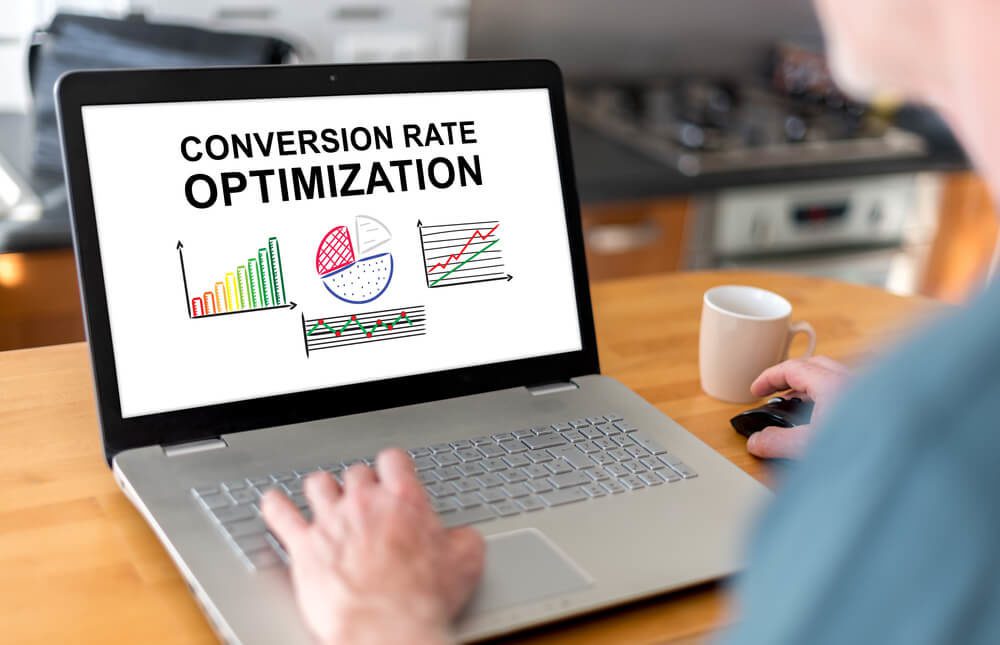
Metrics To Measure Success of Your Demand Generation Funnel
In digital marketing, measuring the performance of your strategies is critical to success. Data-driven decisions are only possible through measurement. San Diego's fiercely competitive market necessitates such a practice. Fortunately, businesses are able to track and measure their San Diego demand generation metrics.
This guide details the essential metrics to measure the success of your demand generation funnel:
- Lead generation metrics.
- Revenue metrics.
- Lead nurturing and conversion metrics.
- Engagement metrics.
- Integrating metrics.
- Importance of regular monitoring.
- Tools and technologies.
Let’s go!
Are you looking for a full-service digital marketing agency? See the DAP difference below!
1. Lead Generation Metrics

The first set of metrics relates to lead generation, which is the process of attracting potential clients who have shown interest in your product or service.
A. Leads Generated
The most fundamental measure of a demand generation campaign's success is the number of leads that it generates. The metric provides a clear tally of the individuals or organizations interested in your products or services. It helps you gauge the effectiveness of your outreach efforts.
B. Cost per Lead
Cost per lead (CPL) is an essential financial metric that helps measure the cost-effectiveness of your demand generation strategy. To calculate it, divide the total cost of your marketing efforts by the number of leads generated. You will then better understand how much you spend to acquire each lead, offering insights into your campaign's efficiency.
C. Conversion Rate
The conversion rate is the percentage of leads that turn into customers. It is calculated by dividing the number of conversions (sales or any other desired actions) by the total number of leads and then multiplying the result by 100. This metric is critical because it indicates the quality of the leads generated and the effectiveness of your sales efforts.
2. Revenue Metrics

After measuring lead generation, it is important to track revenue-related metrics to help assess the financial return from your demand generation activities.
A. Sales Revenue
Perhaps the most direct measure of a campaign's effectiveness is sales revenue. It refers to the income generated from the sales of your products or services. It is crucial to link this to your demand generation efforts to determine which strategies drive the most revenue.
B. Return on Investment (ROI)
ROI measures the profitability of your demand-generation efforts. It is the difference between the campaign cost and the generated sales revenue, divided by the total cost. The quotient, expressed as a percentage, provides a clear indication of the profitability of your campaign.
C. Customer Lifetime Value (CLV)
CLV represents the total revenue your business can reasonably expect from a single customer account. It compares a customer's revenue value to the firm’s expected customer lifespan. Businesses use this metric to pinpoint the customer segments that are most profitable over time.
3. Lead Nurturing and Conversion Metrics

Upon generating leads and considering revenue metrics, attention should shift to nurturing these leads through the funnel and converting them into customers. Metrics in this category help assess the effectiveness of your lead nurturing process.
A. Lead Velocity
The speed at which leads move through your sales funnel is what we know as lead velocity. An increase in this rate signifies that leads are progressing more quickly from prospects to customers, thus indicating efficient sales and marketing efforts. Companies can potentially increase their sales revenue by accelerating the lead velocity rate.
B. Marketing Qualified Leads (MQLs) and Sales Qualified Leads (SQLs)
MQL and SQL help gauge the quality of leads generated and their readiness to convert. The former are deemed more likely to become customers compared to others based on lead intelligence. The latter are leads that your sales team has accepted as worthy of a direct sales follow-up.
Tracking these metrics helps businesses identify how well they qualify leads for the sales team.
C. Funnel Drop-Off Rates
Also known as the leakage rate, this metric measures the percentage of leads who exit the sales funnel without converting. High drop-off rates might indicate issues in your conversion process, while low rates suggest successful lead-nurturing strategies.
4. Engagement Metrics

Engagement metrics provide insights into how leads interact with your marketing content. They help gauge the success of your engagement strategies, including content marketing and excellent SEO strategies.
A. Website Traffic
Website traffic is an essential indicator of your demand-generation success. It provides a measure of how many people are visiting your site. Analyzing traffic sources provides insights into which channels drive the most visits.
B. Time Spent on Site
The amount of time visitors spend on your website strongly indicates engagement. Longer visit durations suggest your site's content resonates with visitors, keeping them interested and engaged.
C. Email Open and Click-Through Rates
Get insights into the effectiveness of your email marketing efforts with email open rates and click-through rates. The former indicates the percentage of recipients who open your emails, while the latter represents the percentage of those who clicked on a link within the email.
D. Social Media Engagement
Measuring social media engagement means looking at how many likes, shares, comments, and other forms of engagement that your posts get. High social media engagement rates indicate that your audience finds your content valuable and engaging.
E. Content Downloads
If your business offers downloadable content such as eBooks, whitepapers, or reports, tracking the number of downloads provides valuable insights into the effectiveness of your content marketing efforts.
Integrating Metrics for a Complete View
You must look at all the metrics to fully understand your demand-generation funnel and how your strategies work. Here are some ways to do that:
1. Link Metrics to Your Goals: Make sure each metric matches your business goals. Doing so makes your marketing plan more focused and easier to measure, helping you see if the target audience is being reached.
2. See How Metrics Connect: Look at how changes in one metric affect others. For example, you are subject to get more leads if more people visit your website. These connections give you useful information about how different parts of your demand-generation funnel work together.
3. Make a Complete Measurement Plan: The key to data-driven marketing is planning while considering all your metrics. When you look at metrics all at once, you spot patterns, links, and chances to improve. When looking at one metric at a time, you might miss such relationships.
Summing Up
Tracking and analyzing the right metrics can boost the performance of your demand-generation funnel. Focusing on the key metrics discussed above help businesses in San Diego and beyond optimize their strategies. Successful marketing results from constant learning, iterating, and refining your strategies based on concrete data.
Need help establishing your measurement framework or improving your demand generation efforts? Contact Digital Authority Partners (DAP) today. We are ready to help you transform your marketing efforts into tangible business results.
Want To Meet Our Expert Team?
Book a meeting directly here




